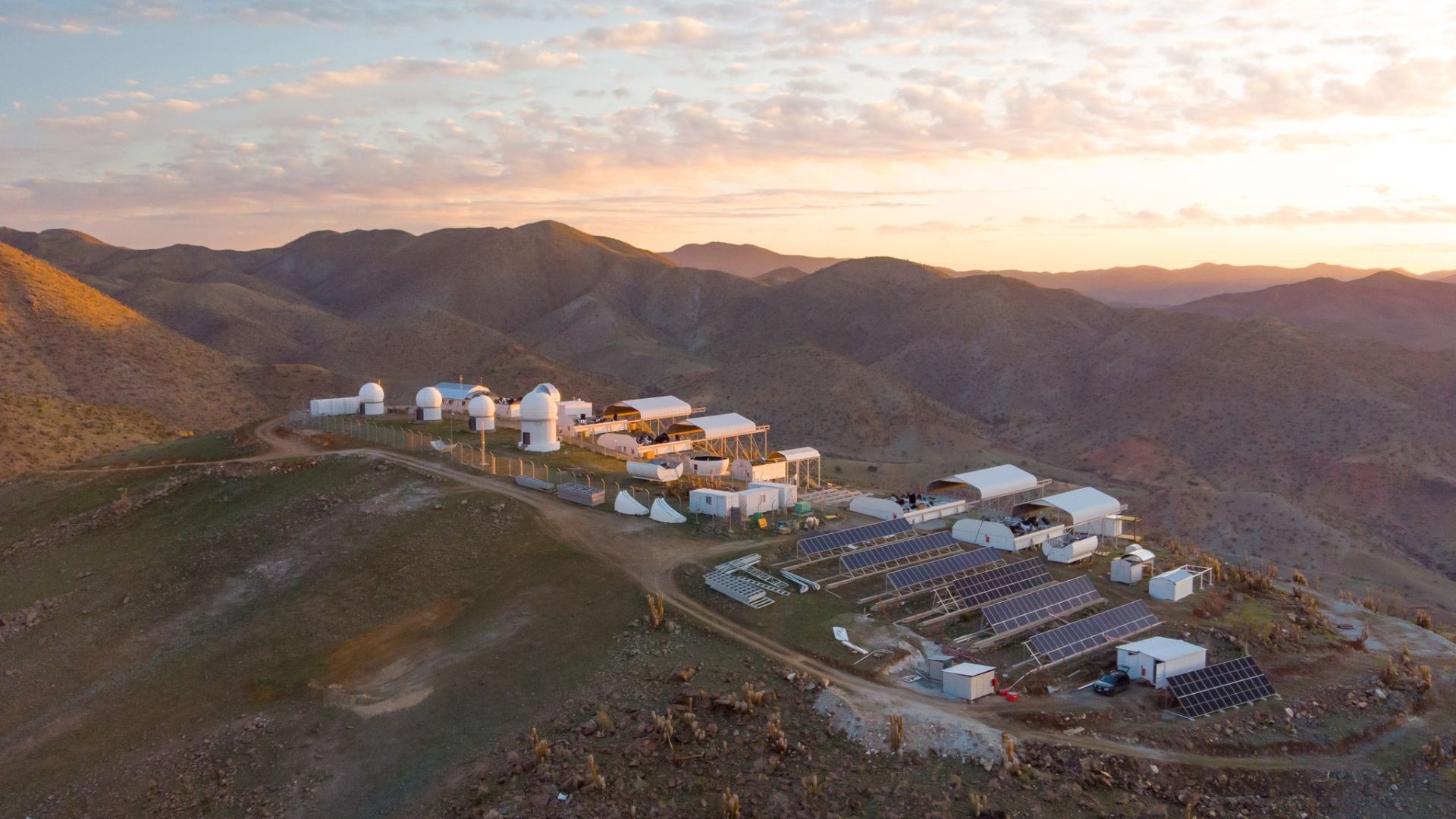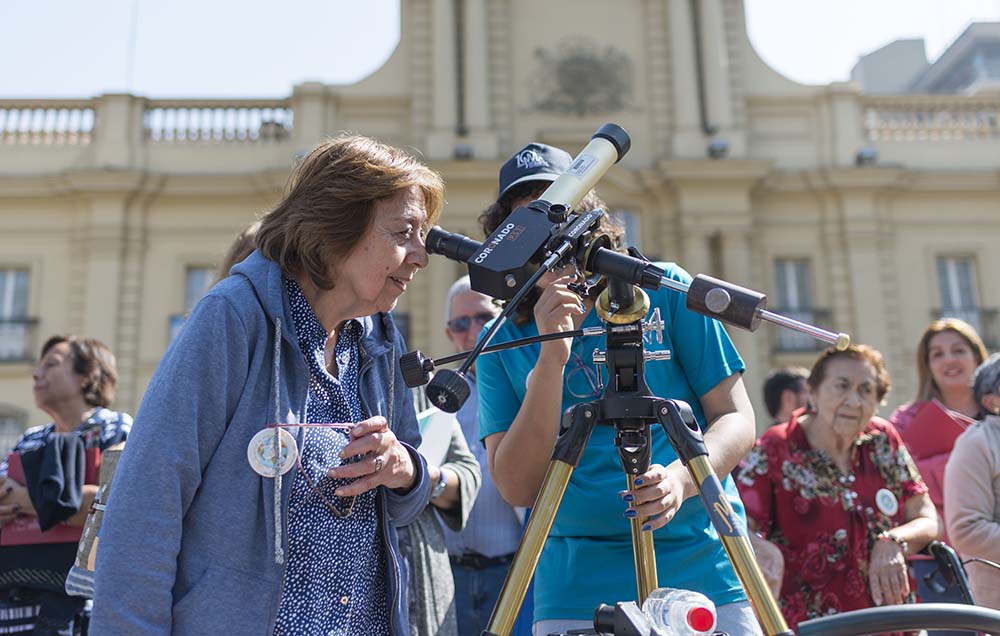
By analyzing the kinematics of ancient stars in the Milky Way, a team of MAS astronomers, led by PhD student Julio Olivares, developed a comprehensive catalog of more than 4000 RR Lyrae stars, distinguishing which ones form part of the center of the galaxy.
The study of the oldest stars of the galactic bulge has allowed scientists to disentangle the history of the Milky Way's formation. However, many of its characteristics have remained elusive and difficult to understand. To overcome these challenges, a team of astronomers, including several from MAS and led by Julio Olivares, a researcher at the center and a PhD student at the UC Institute of Astrophysicsstudied the kinematics of RR Lyrae variable stars in the galactic center, providing a new perspective on what is currently known about the formation and primitive structure of our galaxy., estudió la cinemática de las variables RR Lyrae del centro galáctico, develando una nueva mirada a lo que actualmente se sabe sobre la formación y estructura primitiva de nuestra galaxia.
“The Galactic Bulge is a complex area to study, with many different stellar populations coexisting. This is why, to this day, we don't fully understand how our galaxy formed. The galactic center is characterized by having at least two stellar populations, which not only differ in being rich or poor in metals but also in the structure they form, their kinematics, age, and chemical abundances. While metal-rich stars have been extensively studied, and we know they follow the properties of the bulge's bar and rotate accordingly, metal-poor stars have been far less studied, meaning their origin is still unknown. They seem to follow a more ellipsoidal structure and rotate more slowly, although there aren't many studies confirming this behavior," explains Olivares.
ccording to the MAS researcher, the study uses RR Lyrae variables, stars that are more than 10 billion years old and have low metallicity, as markers to trace ancient stellar populations of the Milky Way and thereby understand what our galaxy was like in its early years.
The study
The center of the galaxy, known as the galactic bulge, is a region densely populated with stars, including RR Lyrae stars. The astronomer explains that the study of their kinematics was conducted by analyzing their orbits, combining data from various public surveys A catalog of confirmed RR Lyrae stars from the OGLE survey was primarily used, and their radial velocities were obtained through spectra from the survey espectroscópico APOGEE -2Sspectroscopic survey. At the same time, the VVV survey was used to determine the proper motions of these stars, meaning their movement across the sky over the years.
With this data, the team developed a comprehensive catalog of over 4,000 RR Lyrae stars with orbits in the galactic bulge. They concluded that 57% of these stars are part of this central region, while the rest actually belong to the halo or galactic disk, the other two sections that make up the Milky Way. This result highlights the importance of conducting orbital studies of stars to verify their membership in specific parts of the galaxy.
"Additionally, we were able to establish a clear connection that RR Lyrae variables are kinematically related to the large metal-poor component of the bulge, as they rotate in very similar ways, suggesting they may share a common origin. Another interesting result is that RR Lyrae stars do not seem to follow the bar structure, although more data is needed to fully confirm this. Everything indicates that RR Lyrae variables were part of the Milky Way long before the bar itself formed."
Olivares highlights the importance of this type of study, as it allows us to better understand the characteristics and significance of these stars in our galaxy, "so that in the future, other models can attempt to confirm these results."
The research, which was published in the journal Astronomy & Astrophysicsalso includes the participation of MAS researchers Manuela Zoccali (UC), Rodrigo Contreras (UC), Álvaro Rojas Arriagada (USACH), Carlos Quezada (UC), Michele De Leo (University of Padova), Álvaro Valenzuela (UC), Rogelio Albarracín (UC), as well as astronomer Elena Valenti from ESO.












